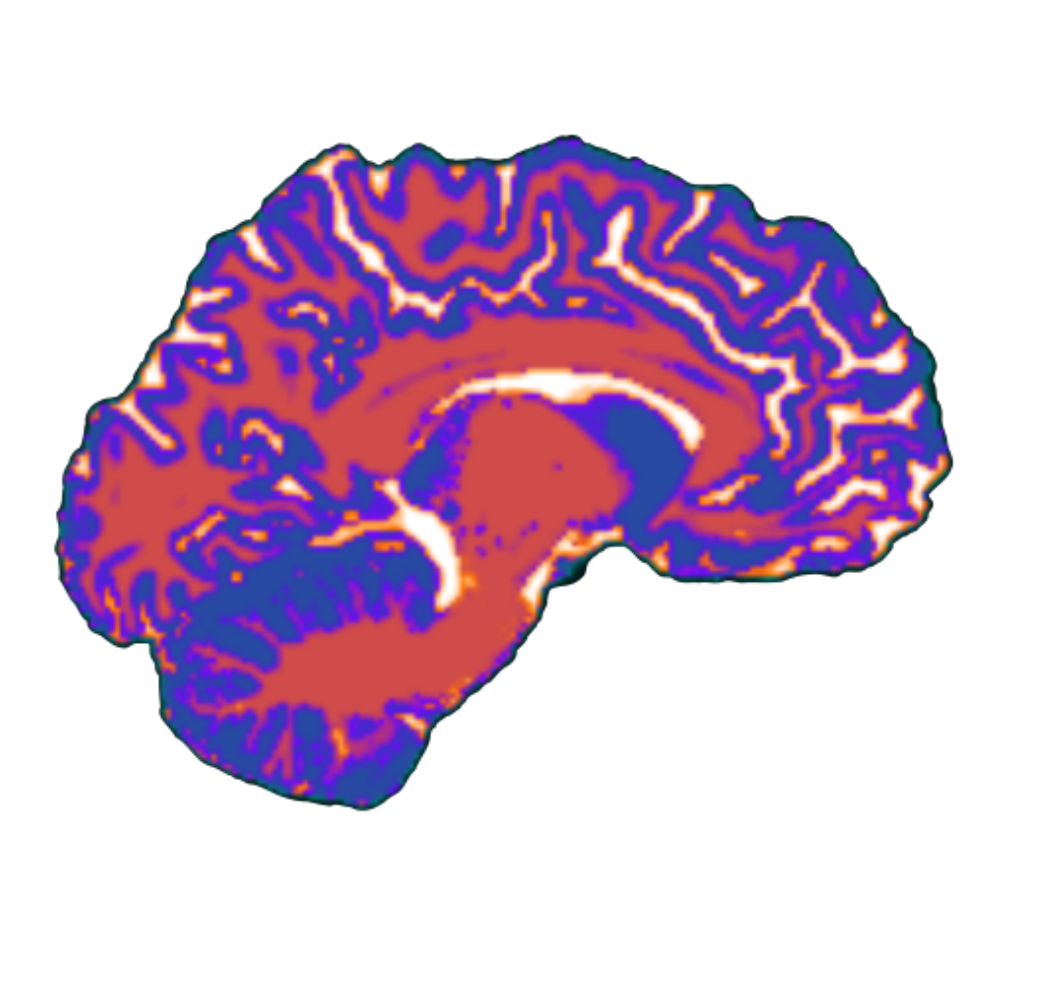Sex differences and the cerebellum
Much of the points below came from a this paper on sex differences and the cerebellum by McCarthy et al. (2008)
Overview
- Differences in developmental strategy may lead to differences in susceptibility to early developmental injury. This may provide insight into the sex bias in neurodevelopmental diseases associated with cerebellar pathology, such as ASD and schizophrenia.
- Brief overview of cerebellar development: develops relatively late, primarily from the metencephalon with a rostromedial region originating from the mesencephalon. Estradiol, progesterone, and testosterone are all steroid hormones synthesized from cholesterol and while they are best known for their role in sexual behavior and fertility, they are also key players in the normal development of the CNS.
Healthy humans and animals - no sex differences
- Male rodents: surge in testosterone produced by the developing testes during late gestation and again shortly after birth. This results in 2-3 times greater androgen exposure for males compared to female pups. This hormone surge results in significant sexual dimorphism in several structures important to reproductive behavior. No sex differences have yet been reported in estrogen receptor expression levels of distribution in the cerebellum .
- There is good evidence that de novo estradiol synthesis occurs in the cerebellum during early development in both sexes.
- Progesterone is produced in purkinje cells and the EGL. progesterone concentration is higher in early neonatal life than in adulthood and greatest at 10 days of age, when it is measurably higher in the cerebellum.
- Androgens may also have a role in cerebellar development.
- Most studies show that traditional sex steroids are key players in cerebellar development but have generally not found differences in steroid or receptor levels between the sexes.
Atypical development - sex differences emerge
- However, evidence from both animal studies and human disease demonstrates that when things start to go wrong, the sexes diverge in their ability to recover. GABA and the cerebellum?? (check out Stagg work)
- Sex differences in ASD; ADHD; Schizophrenia (volumetric differences)
- Question: how much of the cerebellum’s involvement in neuropsych and developmental disorders is actually a cortical contribution to the disorder, and not a unique cerebellar contribution?
- McCarthy et al. (2008) reviews fMRI evidence of cerebellar involvement in neuropsychiatric disorders (ASD; ADHD; Schizophrenia etc.) - refer back to this paper if you need references. Clear gender bias in several developmental human diseases associated with cerebellar pathology. Does this bias reflect some inherent difference in cerebellar development between the sexes that leads to greater vulnerability in one sex?
Mutant mouse model and sex differences
- Mutant mouse model (staggerer) - PC numbers begin to decline in male mice starting at 1 month of age. While females do not show PC decline until 9 months. By the end of 13 months, the decline is similar between the two sexes. This difference in timing of cell loss is particulary intriguing considering that in humans, males are more prone to neuropsychiatric diseases that appear developmentally, whereas females are more vulnerable to those that appear later in life.
- The cerebellum is a relatively late developing structure with only subtle sex differences in normal adult humans and animals. However, this relative monomorphism does not preclude a role for the sex steroids in the developing cerebellum.
- Estradiol is high in the cerebellum in the first week of life and increases the density of dendritic spines in the cerebellum. Progesterone may play a similar role during the second week of development.
- Both of these steroids are produced de novo in the developing cerebellum by the PC themselves. Animal studies suggest that there is no difference between the sexes in terms of hormones or receptor levels.
Discussion
- In contrast with findings in animal studies and healthy humans, there is a sig. Gender bias in the prevalence of human disease tied to cerebellar malformation. Generally, males have increased prevalence of developmental disorders.
- Evident that males and females differ in their response to insult and injury. What remains elusive is why?
- If males and females mostly appear the same during normal development and reach the same develpoemntal end point, how can it be that they differ so significantly in their vulnerability to disruption of normal development?
- A satisfying explanation for the gender bias in neurodevelopmental diseases tied to the cerebellum has yet to be reached.
- It can be hypothesized that early insults to the cerebellum disrupt endocrine signaling which in turn prevents normal cerebellar development, and that this may be one of the causes of disease states such as ASD and ADHD.
